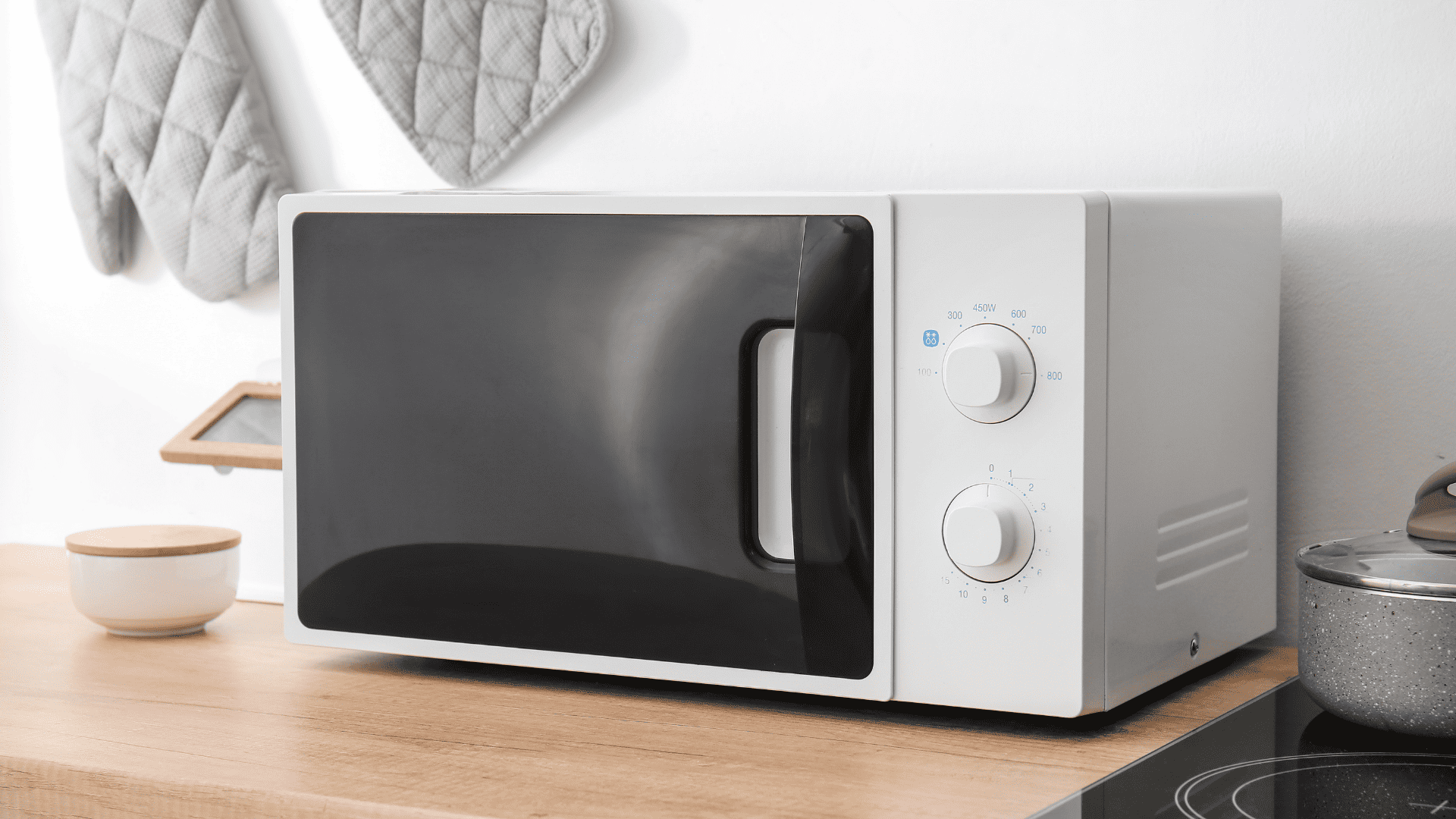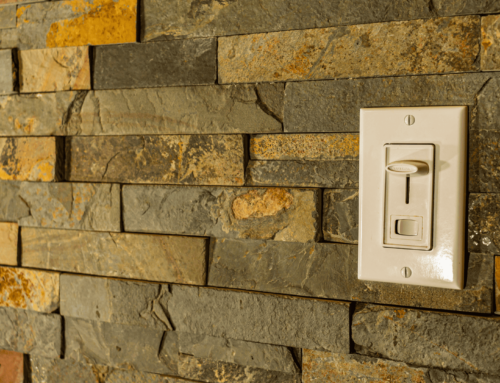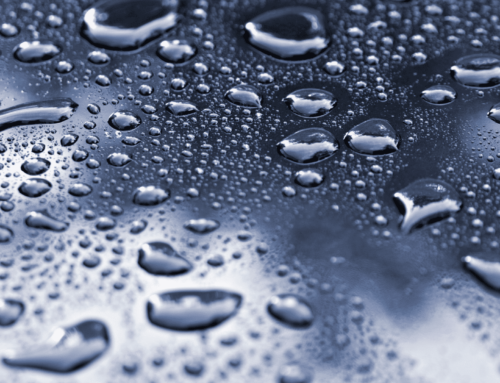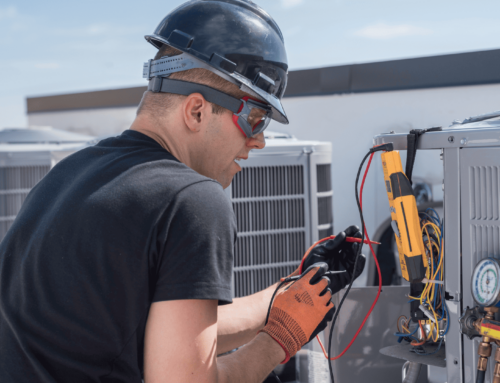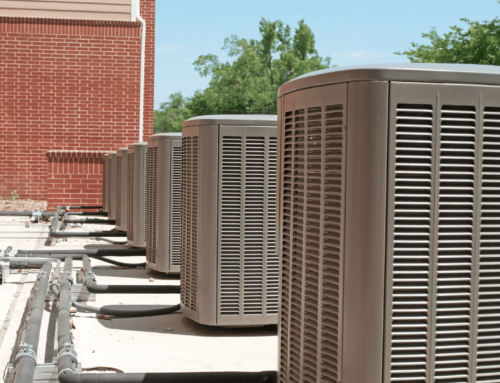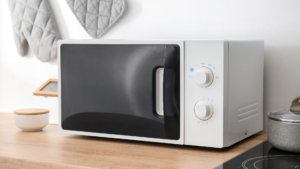
For these reasons, it’s important to clean your microwave. But wiping it down with cleaning detergents is often detrimental. Harsh chemicals (e.g. bleach, ammonia) can weaken the plastic and damage your appliance. In some cases, they leave behind odors or create toxic fumes. Natural solutions, on the other hand, remove stains and grime just as effectively, without any of the dangers or downsides.
If you’ve never used homemade cleansers before, here’s how to deep clean a microwave with pure, healthy ingredients.
How to Clean a Microwave with Lemons
Lemons are a natural detergent. They contain citric acid, which breaks down water spots, D-Limonene, a powerful degreaser, and lemon oil, which fights bacteria and odor. Cleaning with lemons is simple.
- Pour one cup of water into a bowl that’s microwave safe.
- Squeeze a lemon in your hand until it softens.
- Cut the lemon in half and squeeze both halves over the bowl.
- Once you’ve wrung as much juice as you can drop the lemon halves into the bowl.
- Place the bowl in the microwave and run it on the highest temperature setting for five minutes. You want the water to boil and steam the window.
- After time’s up, wait 10 minutes for the lemon juice to soak in.
- Remove the bowl, but be careful! It’s going to be hot. Pick it up with a towel or oven mitts and set it aside.
- If your microwave has a turntable, take it out and let it soak in the sink.
- Wipe down the interior of the microwave with paper towels or a sponge. The residue should come right off.
- Dip the sponge or paper towel into the bowl of lemon water and wipe down the exterior of the microwave. Wring the sponge or towel first. Excess water might cause damage.
- Finally, wipe down and replace the turntable.
Lemons are great for stains and hardened residue. However, if a clump of food doesn’t come away with a towel or sponge, use a plastic or rubber spatula to pry it loose. (Metal will cause damage.)
How to Clean a Microwave with Vinegar
Vinegar’s primary ingredient is acetic acid, which dissolves minerals, grease, and leftover foodstuffs. It’s a simple and inexpensive way to deal with microwave buildups. First:
- Pour two cups of water into a microwave-safe bowl.
- Then add two tablespoons of vinegar.
- Set the bowl in the microwave and run on high heat for five minutes, until the walls get steamy.
- Once it’s finished, wait another ten minutes for the vinegar solution to set in.
- Take out the bowl. Remember, it’s going to be hot. Pick it up with a towel or oven mitts.
- Remove the turntable and let it soak.
- Wipe down the interior with a sponge or paper towel.
- Dip the sponge or towel in the vinegar solution, then wipe down the door and keypad.
- Finally, clean the turntable and place it back in the microwave. If the interior of the microwave is still damp, dry it off with a paper towel.
Lemons and vinegar are both great at tackling odors. However, if there is still a lingering smell, leave a plate of baking soda in the microwave overnight.
Preventing Spills & Splatters
If you use your microwave frequently, you’ll probably have to clean it at least every two weeks. To make the job a little easier, follow these guidelines to keep the mess as small as possible.
- Cover your food with a paper towel to prevent it from splattering
- Put a plate underneath bowls to prevent spills
- Cook messy foods (e.g. oatmeal, spaghetti sauce) on low power settings
- After cooking, leave the door open to let moisture dissipate
Protecting Your Electrical System
Microwaves depend on strong and reliable electrical systems. Protect them with Homesential. We cover your home’s hardwired electrical equipment, including outlets, switches, and copper wiring, in order to protect your finances from excessive repair costs. There are no service fees or deductibles. Only a low monthly premium and expert, 24/7 support. Sign up today!


